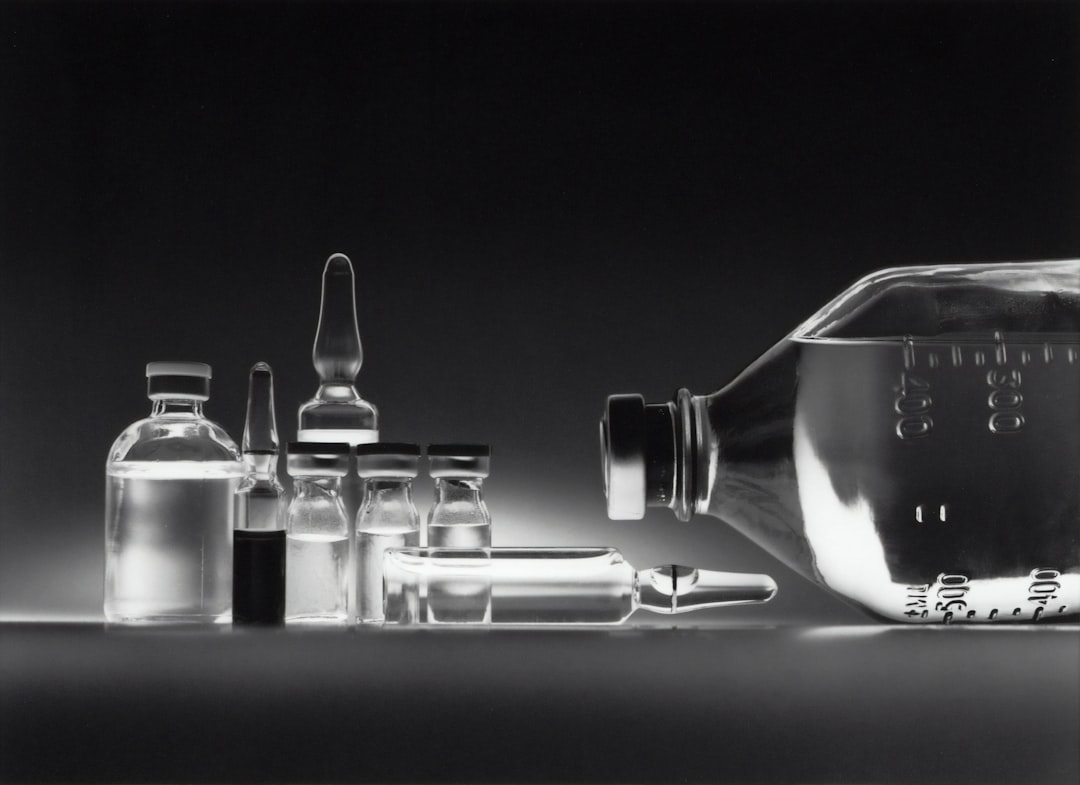What is it about?
We developed a non-oncogenic recombinant human papillomavirus type-16 (HPV-16) E7 protein, incorporating the PADRE1024.03 universal T helper epitope, and site-specifically conjugated a chemically synthesised Pam2Cys to the proteins C-terminus. This defined protein was assessed for its capacity to clear a cervical cancer model in mice.
Featured Image
Why is it important?
Cervical cancer is an important cancer in females, with ~ 50% of cervical cancers associated with HPV-16 infection. We have created a defined subunit vaccine, with a built in adjuvant, that could serve as a platform for the further development of commercial vaccines against HPV-16 associated cervical cancers.
Perspectives
This paper provides a lead molecule which could be further modified through the addition of additional HPV proteins to generate a vaccine for the treatment of various HPV associated cancers.
Dr Peter Michael Moyle
University of Queensland
Read the Original
This page is a summary of: Combined synthetic and recombinant techniques for the development of lipoprotein-based, self-adjuvanting vaccines targeting human papillomavirus type-16 associated tumors, Bioorganic & Medicinal Chemistry Letters, December 2015, Elsevier,
DOI: 10.1016/j.bmcl.2015.10.049.
You can read the full text:
Contributors
The following have contributed to this page










